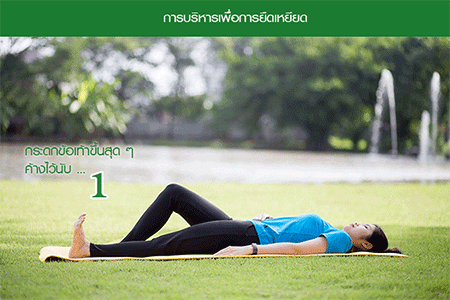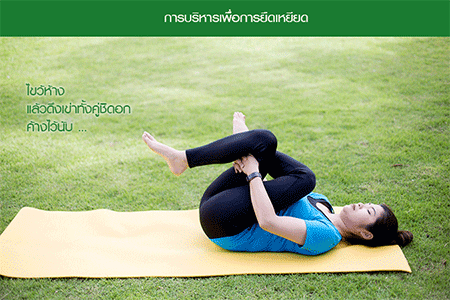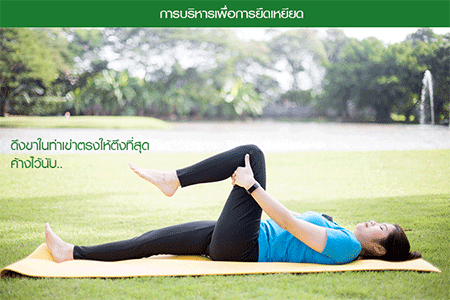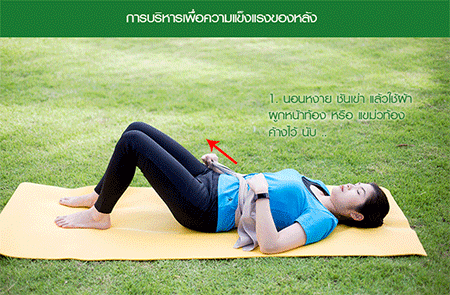
Stretches for the Elderly to Prevent Back Pain

HIGHLIGHTS:
- If an elderly person is partaking in exercise, they should not lift both legs at the same time!
- The elderly should avoid forms of exercise that involve lots of rotating or bending of the back.
Back pain in the elderly tends to occur as a result of the deterioration of various musculoskeletal structures, such as ligament damage, muscle weakness, damaged disks and bone degeneration that causes osteoporosis. The latter is responsible for back pain that results from sitting for long periods, from straining the back or frequent use of the back muscles. This may cause the patient’s back to cease up completely, making it difficult to move at all. Additionally, the patient may experience pain in certain areas of the back due to osteoporosis while being free from pain in any other areas.
Key instructions and potential risks include:
- Always prepare your body sufficiently before exercising.
- All forms of exercise should be of benefit to our health. However, some forms have the potential to cause body damage if we are unfamiliar with the exercises. Thus, start out slowly and keep a close eye on how the body is responding to new exercises.
- Stop any exercise that causes pain.
- If partaking in exercise, you should not lift both legs at the same time unless you have a healthy back.
- Avoid forms of exercise that involve lots of rotation or bending at the waist.
- When partaking in exercises which require bending of the back, try to place your hands on the back to provide support for any movement.
Care to ensure long-term back health
- Avoid holding the same position for long periods, especially when sitting.
- Avoid bending or rotating the back, especially after you’ve been in the same position for a long while.
- If you need to bend over to pick up an object, ensure that you bend your knees and hips while keeping your back as straight as possible, so that the weight is evenly spread between your knees, hips and back.
Back stretches
Carry out these stretches in the morning and before going to bed, 10 times per stretch.
Stretches to improve flexibility:
Calf pain, numbness in the legs and tightness in the hips are all a part of reaching old age, but these stretches can help you.

Lift up your ankle and then bend it down as far as it will go, holding each position while you count from 1-5.

Bring your knee to your chest and hold it while you count from 1-5.

Cross your legs over and pull both knees into your chest, holding that position for a count of 1-5.

Lift your leg while keeping a straight knee as high as possible and count to 5.
Stretches to improve back flexibility:

Raise both knees, keeping your feet flat on the ground, and then open your knees away from each other. Start slowly and open them up as far as they will go, holding that position as you count from 1-5.
Stretches to strengthen the back:
* This exercise is of particular importance in the care of your back. The back should be kept straight, without needing to tense the muscles, to help relieve back pain. *

- Lie on your back and press your back down into the ground, holding the position for five seconds.
- Slowly lift up both legs, so that they are level with your hips. At first it may be necessary to lift one leg at a time. Hold the stretch while you count from 1-5.

Lie on your back with your knees bent. Tie a piece of cloth around your abdomen or waist and pull away from yourself, holding the position while you count from 1-5. Then gradually lift your shoulders a little off the ground and keep your head still while you count from 1-5.
Related
Packages
Related
articles
